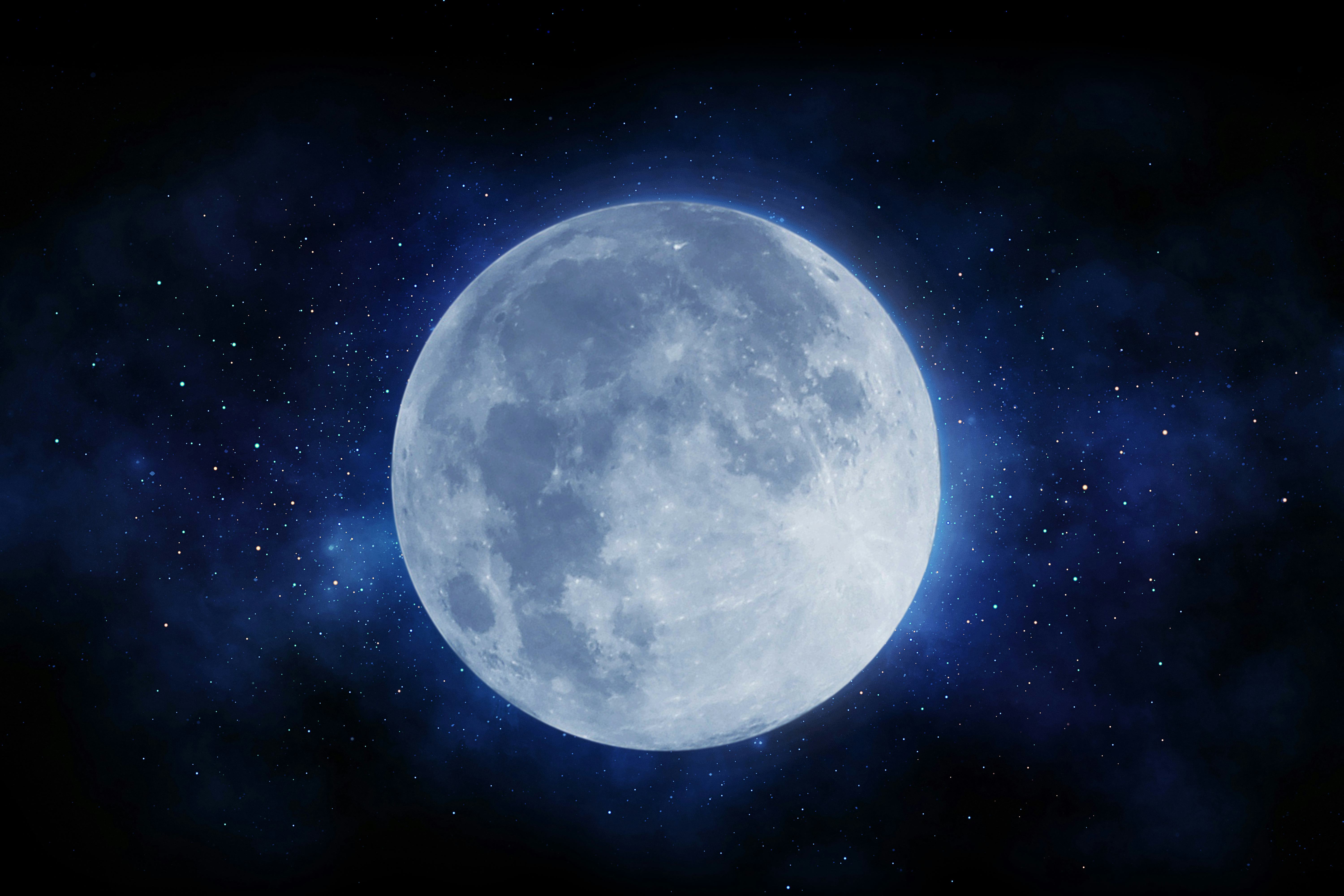
A piece of space junk colliding with the Moon could reveal more about its composition.
On Friday, scientists declared that a rocket stage most likely hit the Moon at 7:45 a.m. Eastern time. Initial research suggested in January that SpaceX launched the booster, but later analysis suggested the booster came from China. It’s believed to be the first time that humanity has unintentionally hit the Moon with space junk.
But as readers may have observed in the days since the impact, the Moon is still there — John Crassidis, professor at the University at Buffalo’s Department of Mechanical and Aerospace Engineering, told Scientific American the impact is “not a big deal.”
It could be an opportunity, though: The event could reveal more about the Moon’s compositions, and NASA plans to try and observe the crater in the coming weeks and months.
Space junk: What hit the Moon?
Original analysis, shared by Bill Gray, the creator of the Guide astronomical software, suggested in January that it could be a SpaceX second stage from a NASA-contracted launch . This rocket component in question was used in February 2015 to launch NASA’s Deep Space Climate Observatory.
A rocket uses multiple stages to reach orbit. As stages deplete their fuel, the rocket sheds them so that it can continue its journey without carrying heavy empty tanks. SpaceX’s second stages normally burn up in the Earth’s atmosphere upon return, but because this mission was sending a satellite around one million miles from Earth, the second stage didn’t return.

But in late February, researchers at the University of Arizona released a statement claiming that it was, in fact, a Chinese booster from the Chang’e 5-T1 launch in 2014. The students were able to observe the object using an on-campus telescope while the booster was visible from Earth.
The researchers claimed they could tell whether it was SpaceX or China due to the paint used. But China’s foreign ministry claimed the rocket “related to the Chang’e-5 mission has safely entered Earth's atmosphere, and has completely burned.” It should be noted that Chang’e-5 is the name of a 2020 mission, while Chang’e 5-T1 was the mission in question.
China’s statement appeared to be backed up with tracking data from U.S. Space Command. But on March 2, U.S. Space Command told SpaceNews the stage didn’t deorbit and it was now in the process of updating its information. It also stated that it could not confirm the origin of the component, or whether the Chang’e 5-T1 booster is the part set to hit the Moon.
Space junk: What does it mean for the Moon?
The events highlight the importance of space junk. Holger Krag, head of the European Space Agency’s space safety program, said in a statement that it “illustrates well the need for a comprehensive regulatory regime in space.”
But with regards to the Moon, the collision could be a bonus if anything. NASA previously hit the Moon on purpose in two locations in 2009, which enabled the agency to observe the materials within the crater. It confirmed that there is water in the Cabeus crater, data that could help establish a permanent base on the Moon.
There are currently two satellites orbiting the Moon: NASA’s Lunar Reconnaissance Orbiter, and India’s Chandrayaan-2. In a statement to The Verge, deputy project scientist for the Lunar Reconnaissance Orbiter John Keller said that the team “will attempt to [find the impact crater] over the coming weeks and months.”
The event could end up having an impact in more ways than one.







